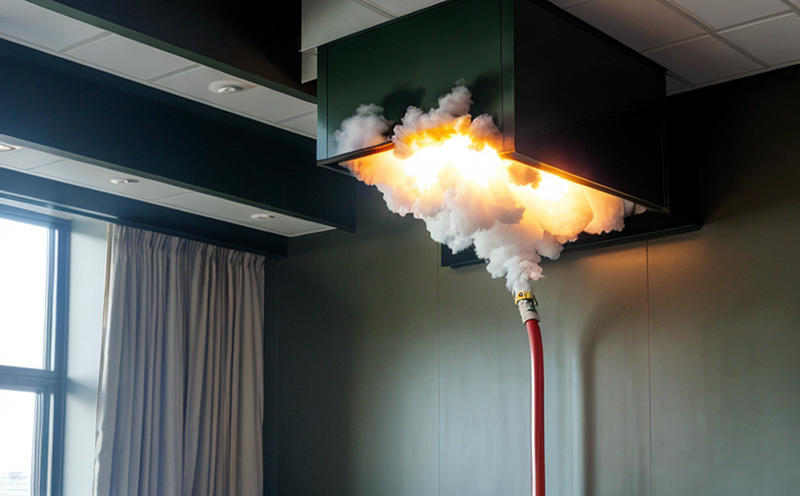
-
Fire Safety and Prevention Standards-
Fire Safety and Sustainability-
Designing Fire Safety Systems for Sustainability in Green Buildings
We provide comprehensive solutions designed to help our clients mitigate risks, enhance performance, and excel in key areas such as quality, health & safety, environmental sustainability, and social responsibility.
Discover
For many years, our organization has been operating successfully, boasting modern laboratories that meet international standards. These laboratories are equipped with the latest technology devices and equipment, and we have built a strong team of experienced and trained personnel to operate them.
DiscoverWelcome to Eurolab, your partner in pioneering solutions that encompass every facet of life. We are committed to delivering comprehensive Assurance, Testing, Inspection, and Certification services, empowering our global clientele with the ultimate confidence in their products and processes.
Discover
-
Fire Safety and Prevention Standards-
Fire Safety and Sustainability-
Designing Fire Safety Systems for Sustainability in Green BuildingsDesigning Fire Safety Systems for Sustainability in Green Buildings
The construction industry has undergone a significant shift towards sustainability in recent years, driven by increasing awareness of environmental concerns and the need to reduce carbon footprints. Green buildings are designed to minimize their ecological impact while providing a healthy and productive environment for occupants. However, incorporating fire safety systems into these buildings presents unique challenges that require careful consideration.
One of the primary objectives of designing fire safety systems in green buildings is to ensure occupant safety while minimizing environmental harm. This involves striking a balance between protecting people from fires and reducing the buildings ecological footprint through energy-efficient design and minimal use of materials. Fire safety systems can be designed to achieve this balance by incorporating sustainable features, such as using environmentally friendly materials for fire-resistant barriers and minimizing water consumption through efficient sprinkler systems.
Key Considerations in Designing Sustainable Fire Safety Systems
Material selection: When selecting materials for fire-resistant barriers, consider their environmental impact. Opt for materials with high recycled content or those that can be easily sourced locally to reduce transportation-related emissions. Additionally, choose materials with low embodied energy and those that can be reused or recycled at the end of their life cycle.
Water conservation: Sprinkler systems are an essential component of fire safety in green buildings. However, they require significant water resources for operation. To minimize water consumption, design sprinkler systems to use reclaimed or greywater where possible. Additionally, consider using more efficient sprinkler heads and pumps that consume less energy and water.
Fire Safety System Components
Green buildings often incorporate advanced technologies to reduce their ecological impact while maintaining high levels of occupant safety. Fire safety systems are no exception, with designers incorporating innovative components to minimize environmental harm. Some key components include:
Addressable fire alarm systems: These systems use digital signals to communicate between detectors and control panels, allowing for more precise identification of the location and type of hazard.
Clean agent extinguishing systems: Clean agents, such as HFCs (hydrofluorocarbons), offer a safe alternative to traditional water-based or chemical extinguishers. They are effective in suppressing fires without causing environmental harm.
Smoke management systems: These systems help maintain visibility and reduce smoke damage during fires by controlling the flow of air through the building.
Integration with Building Management Systems
Green buildings often incorporate building management systems (BMS) to monitor and control energy consumption, lighting, and other functions. Fire safety systems can be integrated with BMS to enhance occupant safety while reducing environmental impact. For instance:
Real-time monitoring: BMS can be linked to fire detection systems to provide real-time monitoring of the buildings environment.
Automatic system activation: In the event of a fire, BMS can automatically activate fire suppression systems, ensuring prompt response without manual intervention.
Design and Installation Considerations
Designing sustainable fire safety systems in green buildings requires careful consideration of several factors, including:
Early planning: Incorporate fire safety design into the buildings early stages to minimize changes and ensure compatibility with other system components.
Compliance with codes and standards: Ensure that fire safety designs meet local regulations and international standards for fire safety in green buildings.
Occupant Education and Training
While green buildings are designed to be sustainable, occupant education and training remain crucial aspects of fire safety. This includes:
Regular fire drills: Conduct regular fire drills to ensure occupants are familiar with evacuation procedures and emergency exits.
Fire safety awareness programs: Implement fire safety awareness programs to educate occupants about potential hazards and emergency response strategies.
Maintenance and Upkeep
Proper maintenance and upkeep are essential for ensuring the effectiveness of sustainable fire safety systems. This includes:
Regular system inspections: Conduct regular inspections to identify potential issues and ensure systems are functioning correctly.
Training for maintenance personnel: Provide training for maintenance personnel on the operation, testing, and inspection of fire safety systems.
QA
1. What are some common misconceptions about sustainable fire safety systems in green buildings?
Many people believe that sustainable fire safety systems compromise occupant safety or increase costs. However, designing sustainable fire safety systems can actually reduce environmental harm while maintaining high levels of occupant safety.
2. How do you determine the most suitable materials for fire-resistant barriers in green buildings?
When selecting materials for fire-resistant barriers, consider their environmental impact, embodied energy, and recyclability. Look for materials with low embodied energy and those that can be reused or recycled at the end of their life cycle.
3. Can clean agent extinguishing systems be used in conjunction with traditional water-based extinguishers?
Yes, clean agents can be used as a backup to traditional water-based extinguishers or as part of an overall fire safety strategy.
4. What is the benefit of integrating addressable fire alarm systems with building management systems (BMS)?
Integrating addressable fire alarm systems with BMS provides real-time monitoring and automatic system activation, enhancing occupant safety while reducing environmental harm.
5. Can green buildings incorporate traditional water-based extinguishers or chemical extinguishing agents?
Yes, but its essential to consider the environmental impact of these options and explore sustainable alternatives where possible. For instance, clean agent extinguishing systems offer a safe alternative to traditional water-based or chemical extinguishers.
6. How can we ensure that occupant education and training programs are effective in green buildings?
Regular fire drills, fire safety awareness programs, and clear communication about emergency response strategies are essential for ensuring the effectiveness of occupant education and training programs.
7. What is the role of maintenance personnel in maintaining sustainable fire safety systems in green buildings?
Maintenance personnel play a critical role in ensuring that fire safety systems are functioning correctly. They should be trained on system operation, testing, and inspection procedures to ensure optimal performance.
8. Can we design sustainable fire safety systems for green buildings without compromising occupant safety?
Yes, it is possible to design sustainable fire safety systems that meet or exceed local regulations while minimizing environmental harm. This requires careful consideration of material selection, water conservation, and system integration with BMS.
9. How do you determine the most suitable sprinkler system for a green building?
When selecting a sprinkler system for a green building, consider factors such as energy efficiency, water consumption, and adaptability to different climate conditions.
10. What are some future trends in sustainable fire safety systems for green buildings?
Future trends include increasing adoption of clean agent extinguishing systems, advancements in addressable fire alarm technology, and greater integration with BMS and other building systems.
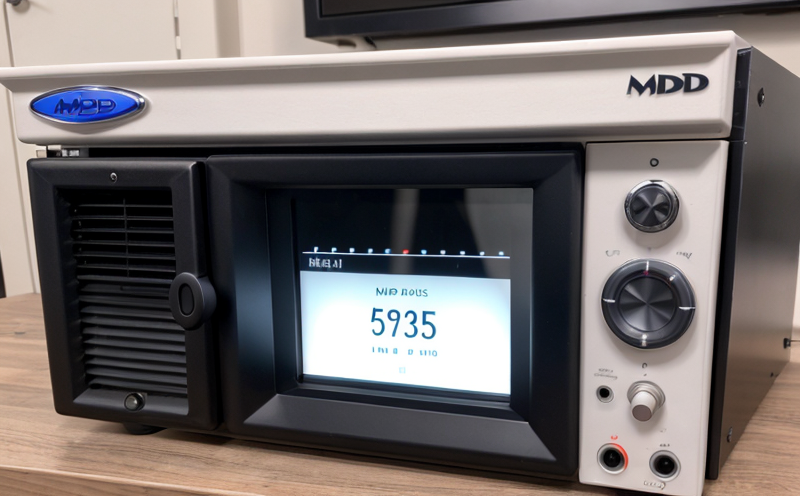
MDR Testing and Compliance
MDR Testing and Compliance: A Comprehensive Guide The Medical Device Regulation (MDR) is a comprehe...
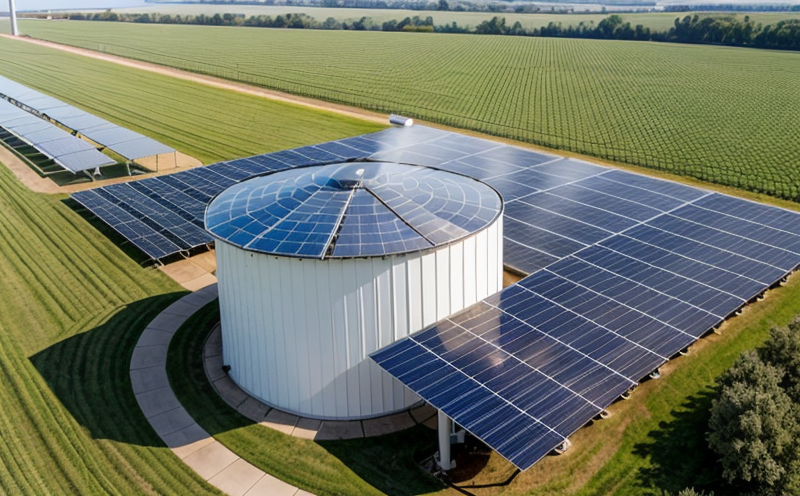
Renewable Energy Testing and Standards
Renewable Energy Testing and Standards: Ensuring a Sustainable Future The world is rapidly transiti...
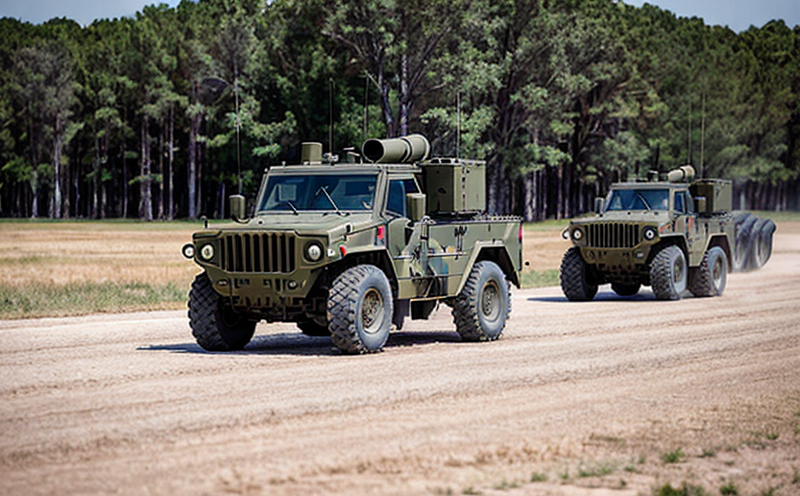
Military Equipment Standards
Military Equipment Standards: Ensuring Effectiveness and Safety The use of military equipment is a ...
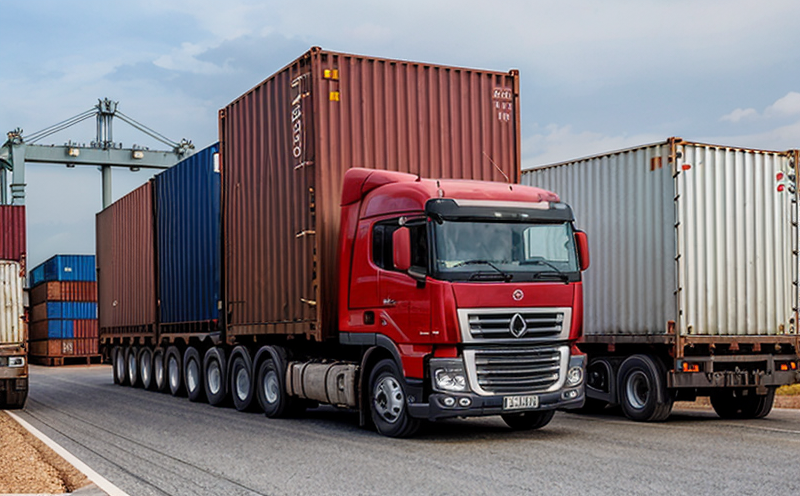
Transportation and Logistics Certification
Transportation and Logistics Certification: A Comprehensive Guide The transportation and logistics ...
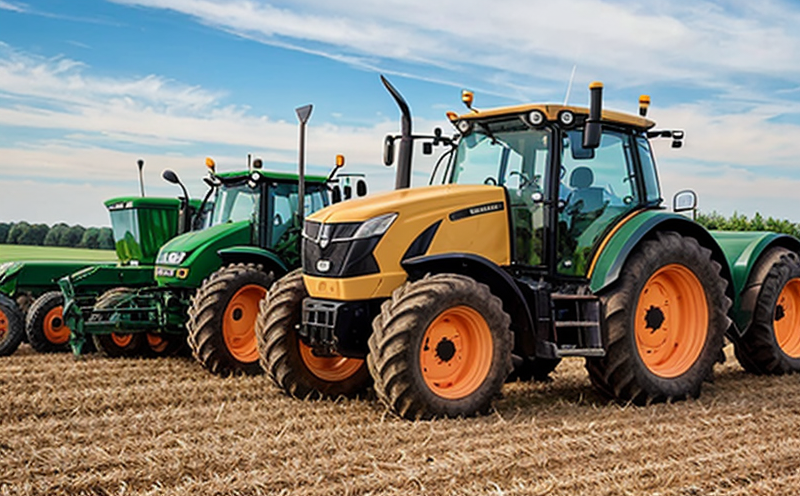
Agricultural Equipment Certification
Agricultural equipment certification is a process that ensures agricultural machinery meets specific...

Energy and Sustainability Standards
In today’s rapidly evolving world, businesses face increasing pressure to meet global energy a...

Automotive Compliance and Certification
Automotive Compliance and Certification: Ensuring Safety and Efficiency The automotive industry is ...

Pharmaceutical Compliance
Pharmaceutical compliance refers to the adherence of pharmaceutical companies and organizations to l...
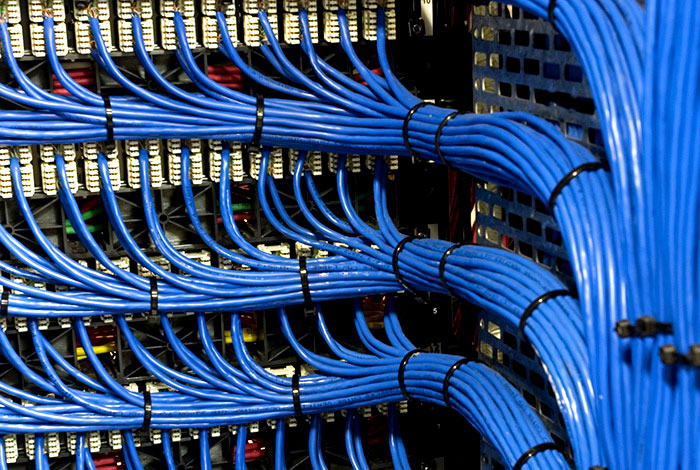
NEBS and Telecommunication Standards
Network Equipment Building System (NEBS) and Telecommunication Standards The Network Equipment Bu...
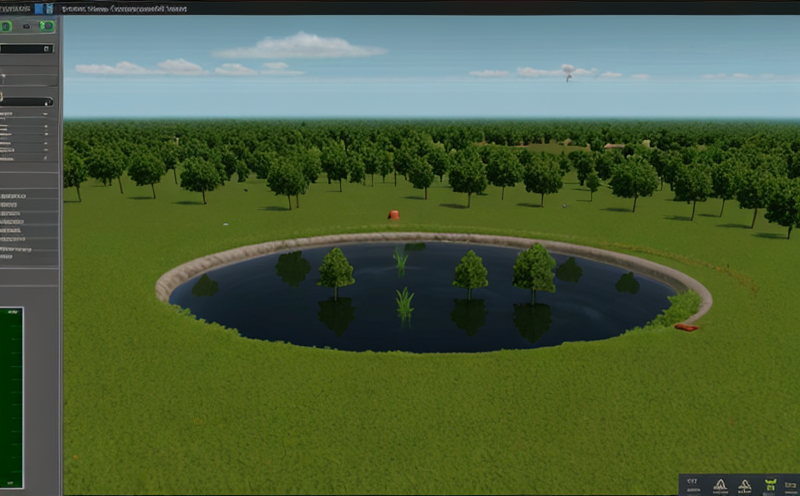
Environmental Simulation Testing
Environmental Simulation Testing: A Comprehensive Guide In todays world, where technology is rapidl...
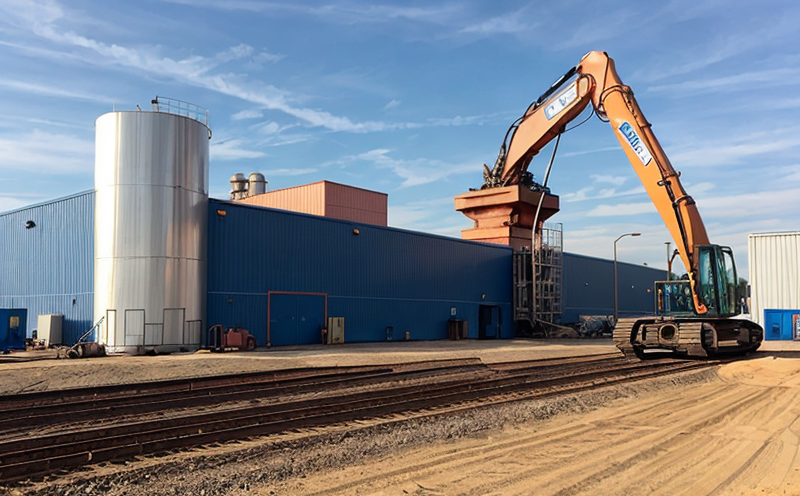
Industrial Equipment Certification
Industrial equipment certification is a critical process that ensures industrial equipment meets spe...
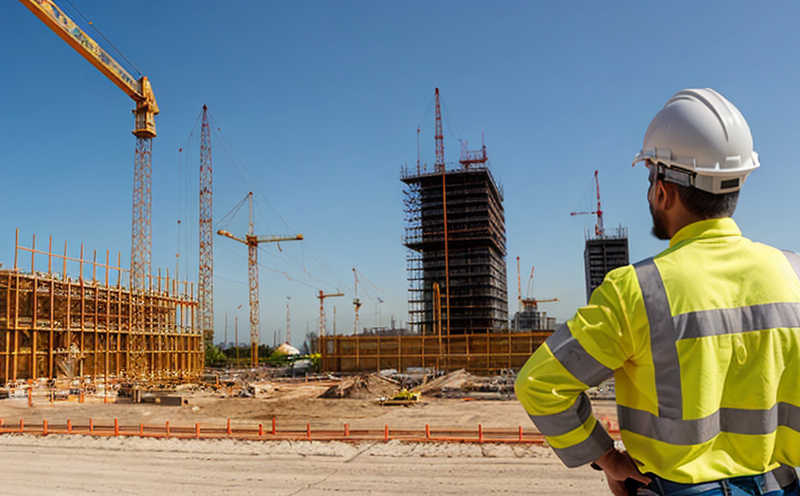
Construction and Engineering Compliance
Construction and Engineering Compliance: Ensuring Safety, Quality, and Regulatory Adherence In the ...
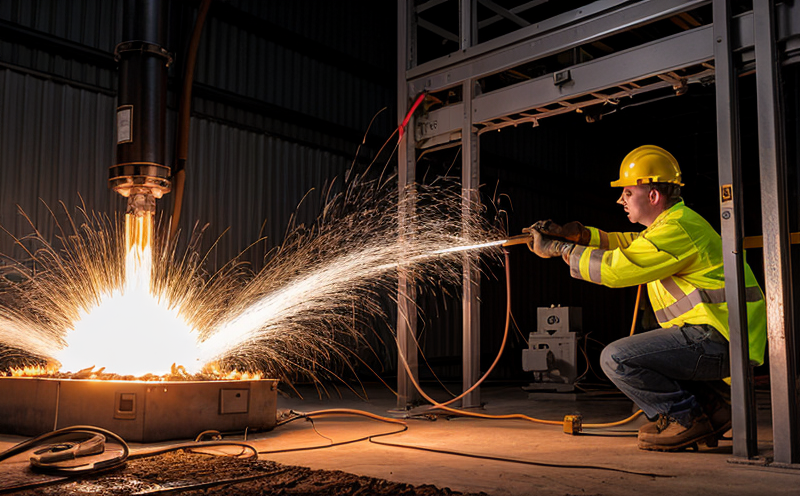
Electromechanical Safety Certification
Electromechanical Safety Certification: Ensuring Compliance and Protecting Lives In todays intercon...

Lighting and Optical Device Testing
Lighting and Optical Device Testing: Ensuring Performance and Safety Lighting and optical devices a...
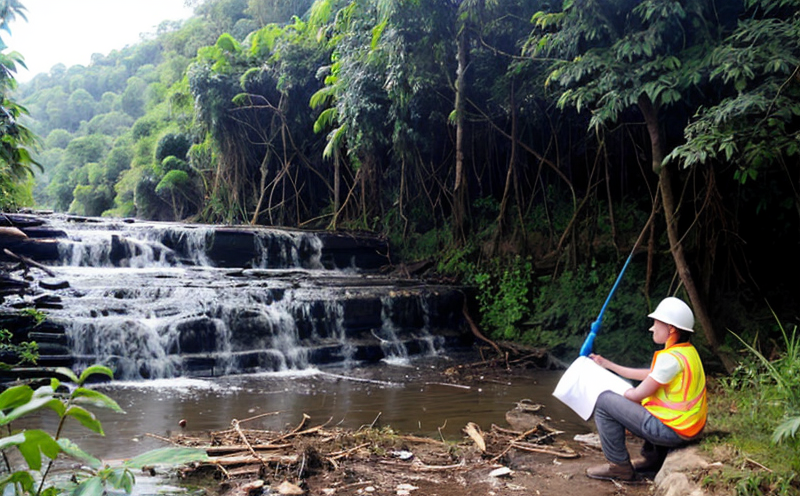
Environmental Impact Assessment
Environmental Impact Assessment: A Comprehensive Guide Environmental Impact Assessment (EIA) is a c...

Hospitality and Tourism Certification
Hospitality and Tourism Certification: Unlocking Opportunities in the Industry The hospitality and ...

Food Safety and Testing
Food Safety and Testing: Ensuring the Quality of Our Food As consumers, we expect our food to be sa...

Trade and Government Regulations
Trade and government regulations play a vital role in shaping the global economy. These regulations ...

Healthcare and Medical Devices
The Evolution of Healthcare and Medical Devices: Trends, Innovations, and Challenges The healthcare...
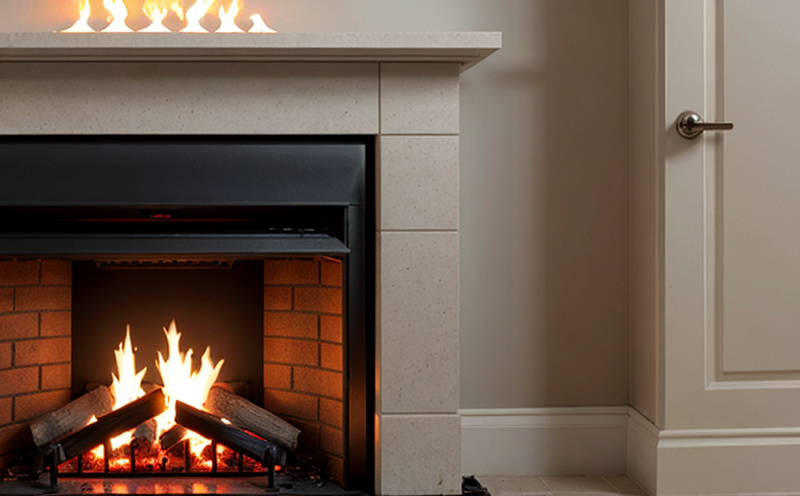
Fire Safety and Prevention Standards
Fire Safety and Prevention Standards: Protecting Lives and Property Fire safety and prevention stan...
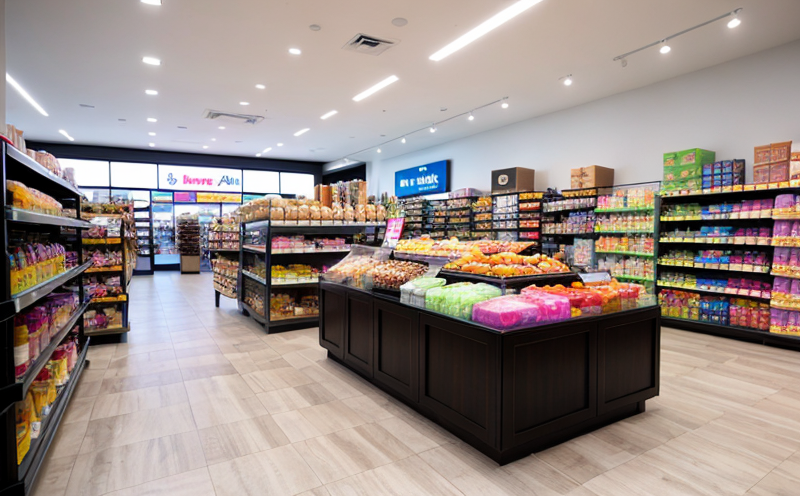
Product and Retail Standards
Product and Retail Standards: Ensuring Quality and Safety for Consumers In todays competitive marke...
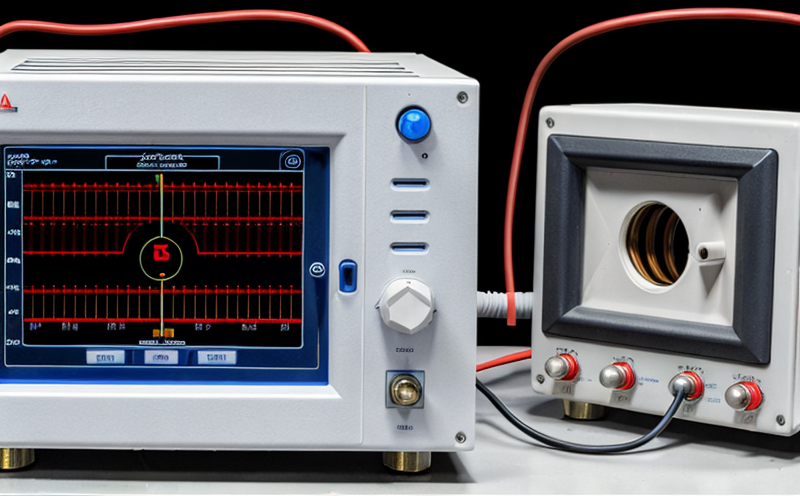
Electrical and Electromagnetic Testing
Electrical and Electromagnetic Testing: A Comprehensive Guide Introduction Electrical and electrom...

Aviation and Aerospace Testing
Aviation and Aerospace Testing: Ensuring Safety and Efficiency The aviation and aerospace industr...
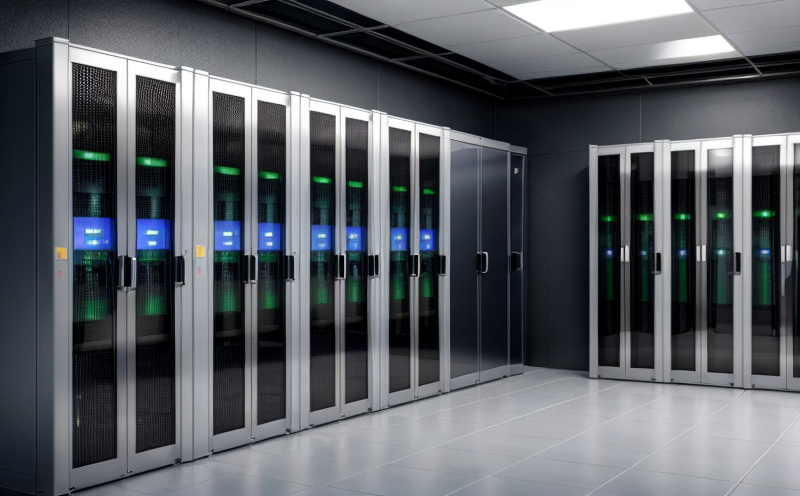
IT and Data Center Certification
IT and Data Center Certification: Understanding the Importance and Benefits The field of Informatio...
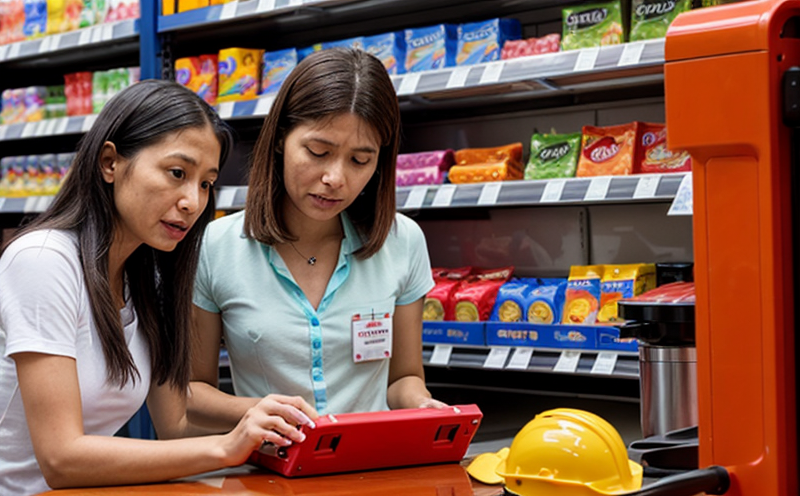
Consumer Product Safety
Consumer Product Safety: Protecting Consumers from Harmful Products As a consumer, you have the rig...
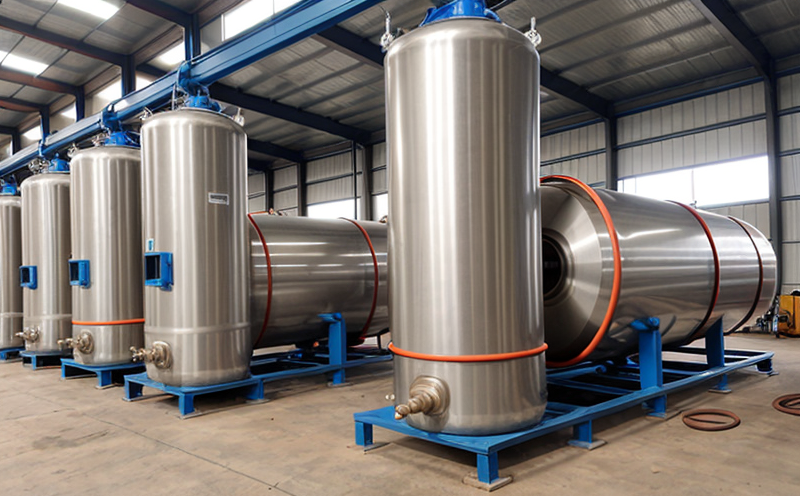
Pressure Vessels and Installations Testing
Pressure Vessels and Installations Testing Pressure vessels are a critical component of various ind...
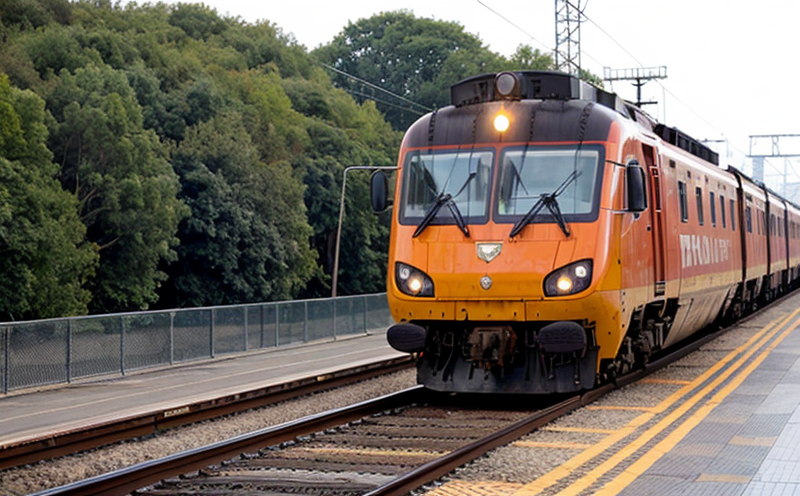
Railway Industry Compliance
Railway Industry Compliance: Ensuring Safety and Efficiency The railway industry is a critical comp...
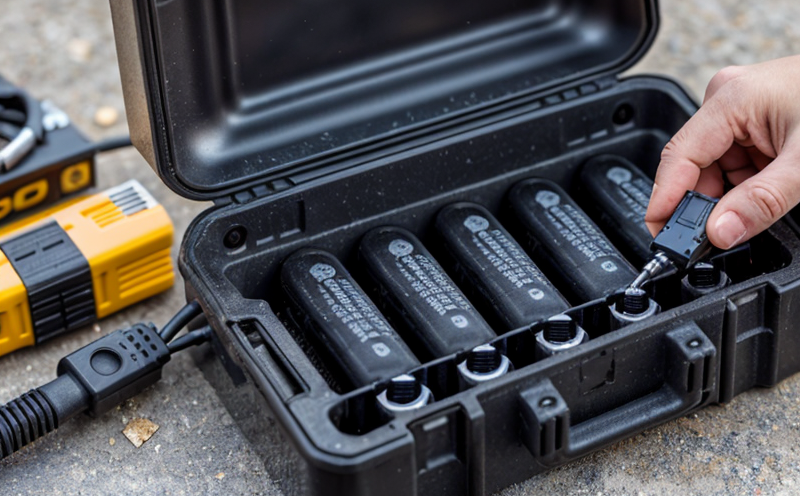
Battery Testing and Safety
Battery Testing and Safety: A Comprehensive Guide As technology continues to advance, battery-power...

Cosmetic Product Testing
The Complex World of Cosmetic Product Testing The cosmetics industry is a multi-billion-dollar ma...
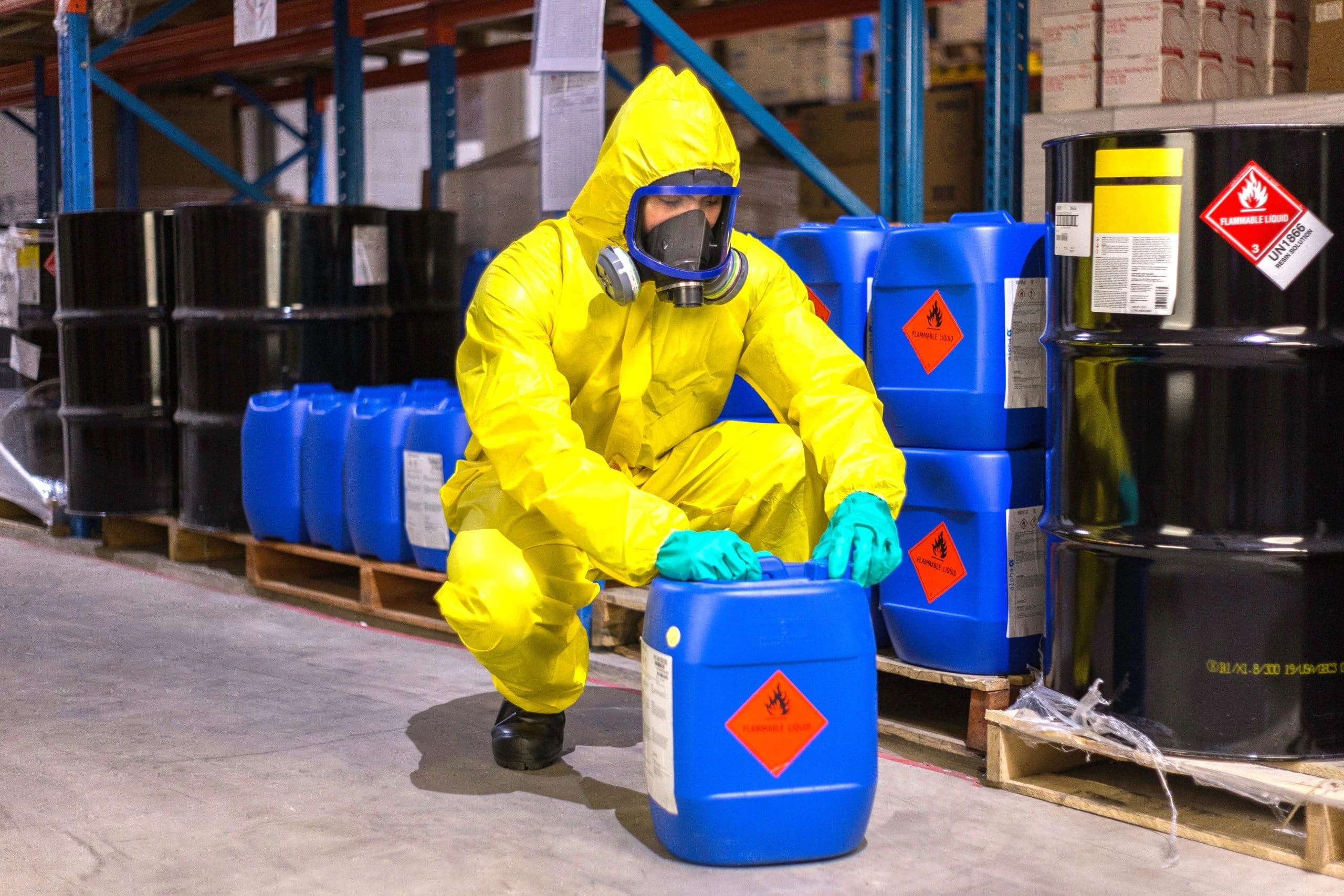
Chemical Safety and Certification
Chemical safety and certification are critical in ensuring the safe management of products and proce...